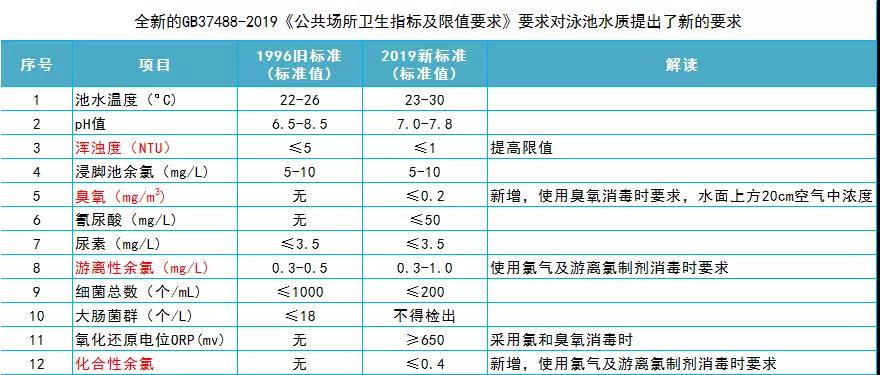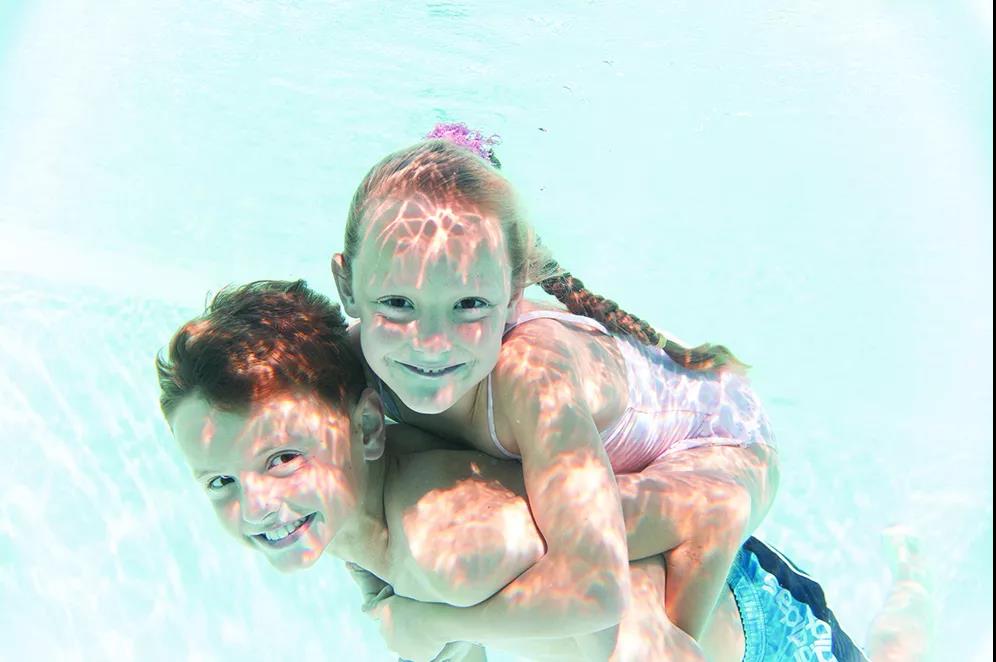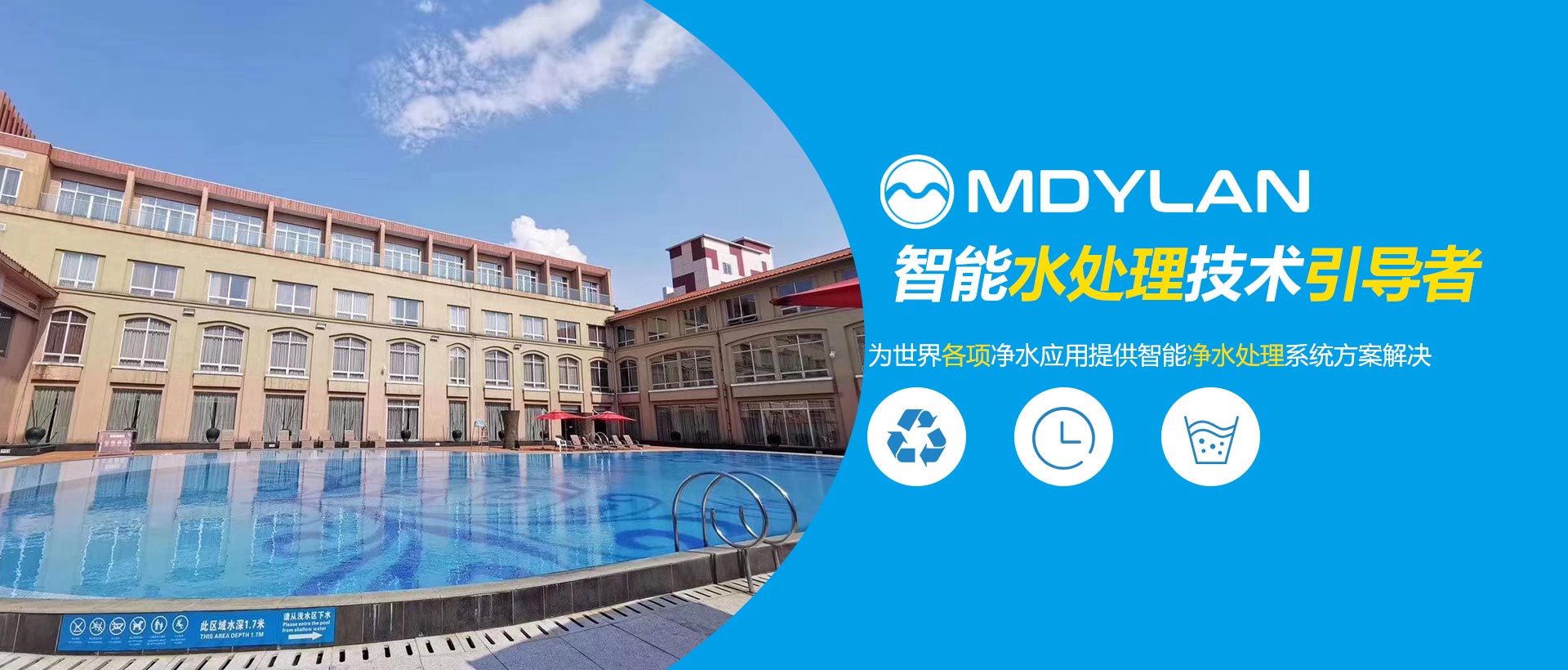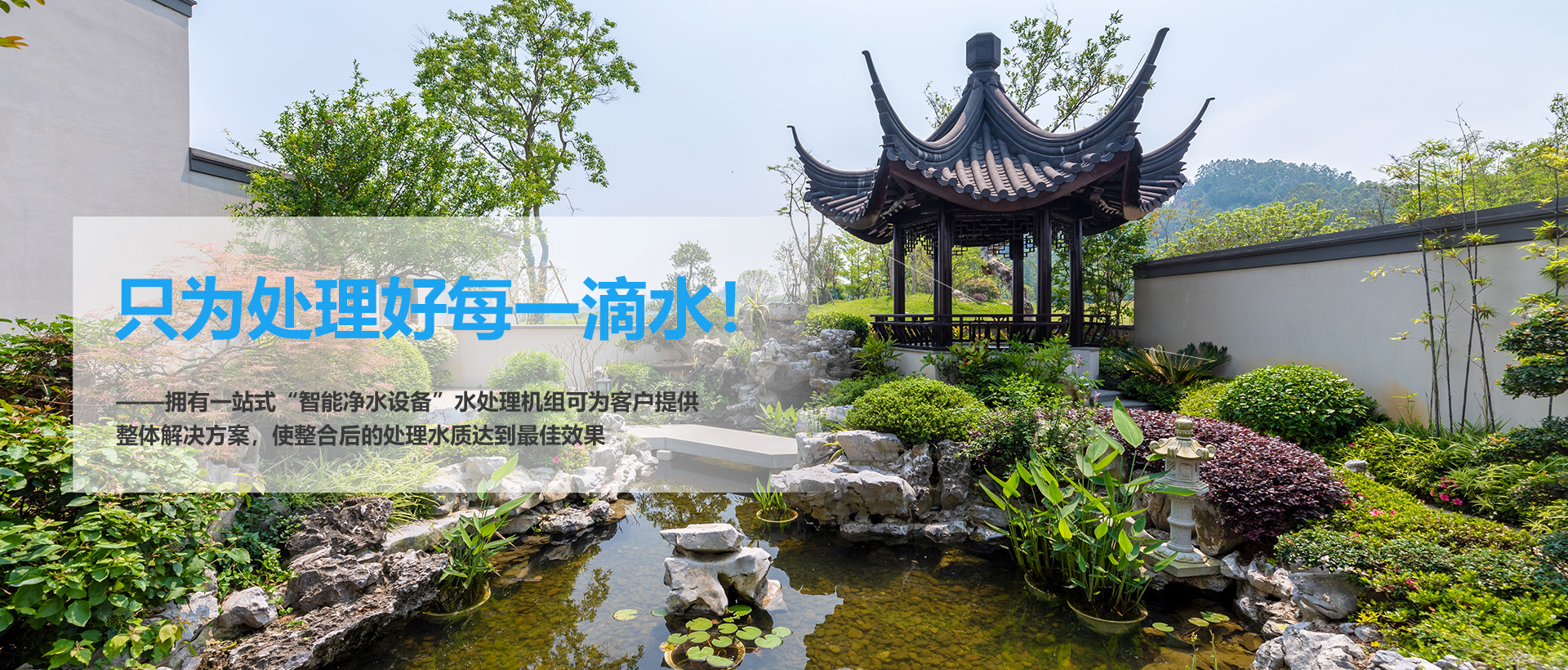Swimming pool residual chlorine and ozone exceeding standards are harmful to health, the country has issued a new national standard
In recent years, with the improvement of people's awareness of health, swimming has become a new fashion trend like running and ball games. The state education department has also increased its emphasis on swimming in recent years
Many provinces and cities, such as Shanghai, Zhejiang, Shandong, Jiangsu, Guangdong, Fujian and other places have listed swimming as a compulsory test in the middle school entrance examination, requiring the popularization of swimming. Although swimming is a well-respected health sport, the two issues of water quality management and safety management of swimming pools have become the core issues of concern to the people.
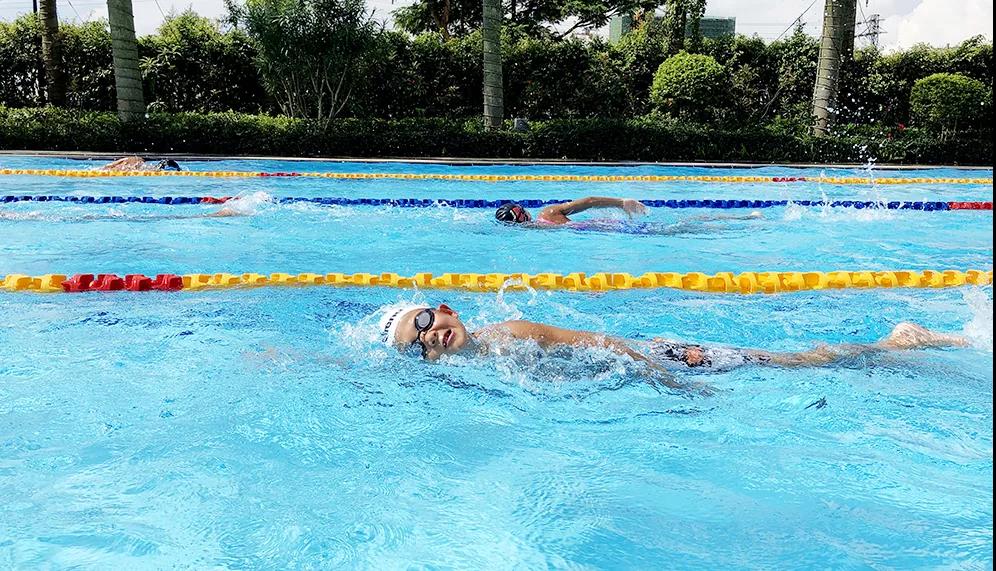
Beginning on November 1, 2019, the state began to implement the new "Requirements for Public Health Indexes and Limits in Public Places", which put forward higher requirements on the water quality of swimming pools.
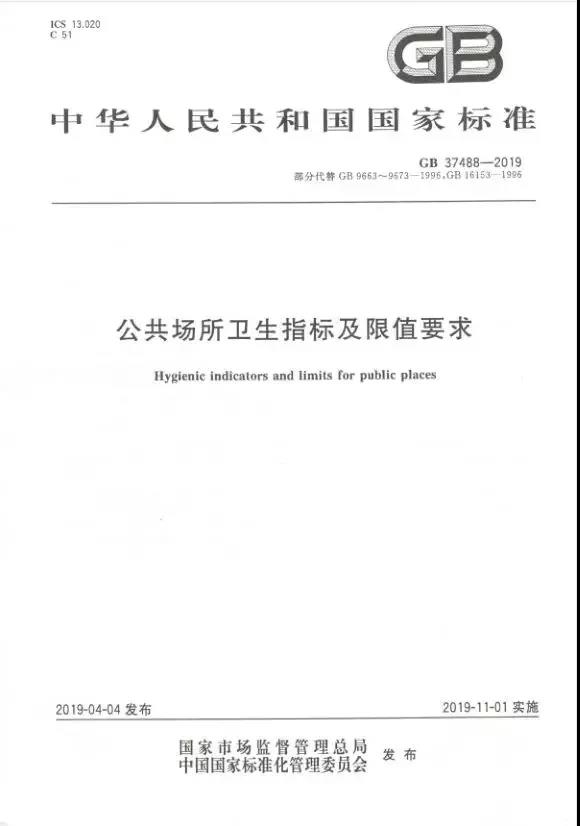
"Exposure to the environment of chlorine and chloride is the main cause of occupational diseases such as asthma." Ms. Chen Meixiang, Specially-appointed Water Treatment Specialist of the Venues Committee of the China Sporting Goods Federation, said, "The two major indicators of substandard swimming pool water quality in the past were urea over standard and Free residual chlorine exceeds the standard, but those that really affect health may also include the previously ignored "combined residual chlorine" indicator and ozone concentration. The new national standard specifies these two indicators. In fact, the latter two have a greater impact on the health of swimmers. Bigger ".
At present, China's swimming pools and spas are facing a problem of chlorinated derivatives. Because the chlorine disinfectant is put in the disinfection process, it will cause harmful synthetic residual chlorine. It enters the air through water and floats above the water surface. It is easy for swimmers to inhale into the respiratory tract and irritate the eyes. However, a certain concentration of combined residual chlorine can cause respiratory tract damage and is highly irritating to the eye mucosa and skin. The response after swimming varies according to each person's tolerance level. Once swimmers inhale excessive amounts of chlorine and derivatives during exercise, which can lead to dry mouth and dizziness and nausea after swimming, and even induce cough and asthma.

Residual chlorine (including free residual chlorine and combined residual chlorine) is the key to controlling the water quality of swimming pools. Although the new national standard has relaxed the concentration of free residual chlorine to 0.3-1.0mg / L, if the pool water cannot be effectively controlled, especially the filter The total number of bacteria in the filter bed, when the free residual chlorine exceeds 0.5 PPM, may face excessive levels of combined chlorine, and these excessive numbers often cause irritation to the eyes, oral mucosa, respiratory system, and skin.
